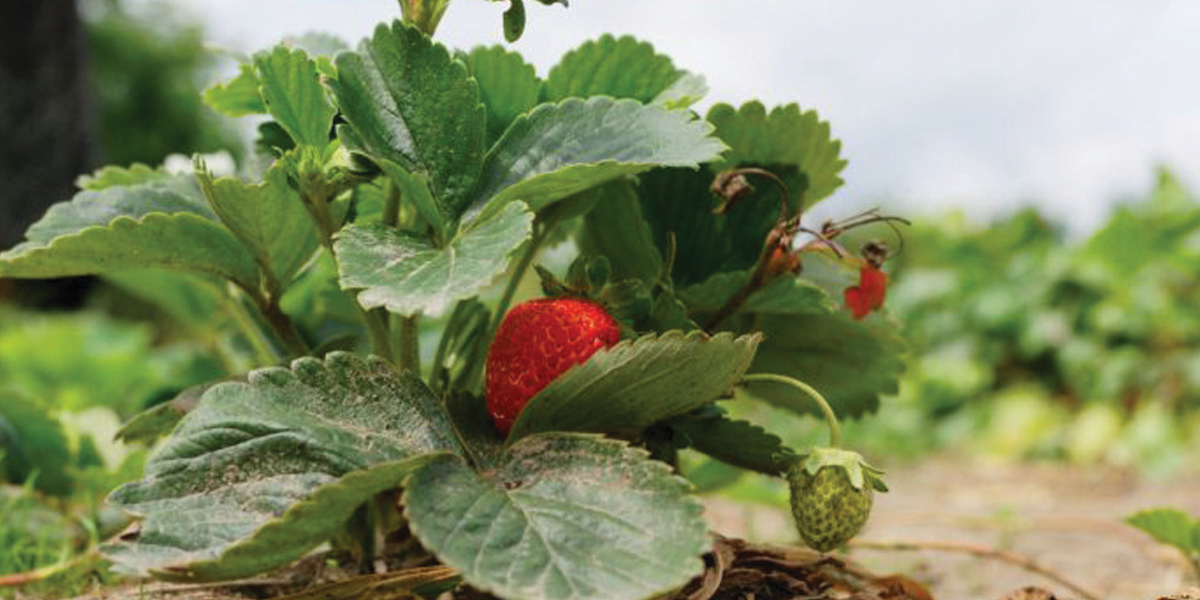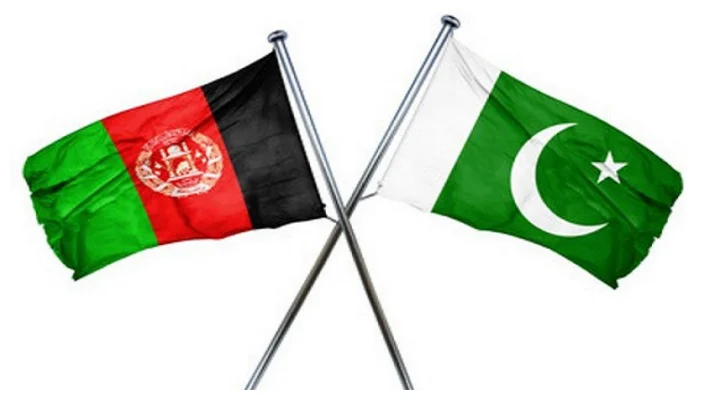Due to its unique taste, colour and high dietetic value, strawberries are in great demand by public, which awaits the fruit’s arrival in the market during the spring season. Knowing that the fruit, which is a cumbersome to grow, is becoming more and more popular farmers in Peshawar are looking forward to high profits. Noor-ul-Islam, a farmer from the Sarkai area of Charsadda district, is attaching high hopes of better economic returns from his 20-kanal farmland fully covered with almost ripe strawberry, ready for harvest within a fortnight.
“This year the price of strawberry in the market is very attractive, much more than the expectation of farmers who are now hoping for better economic returns after nearly five months of growing this mouth-watering fruit,” said Noor-ul-Islam while talking to APP. Fruit vendors in Peshawar’s Saddar area are reportedly demanding between Rs600 to Rs800 for one kilogramme of strawberries, which are usually available in market for a maximum of Rs350 per kilogramme.
“This spike in the price of strawberries is because better quality fruit is being grown due to the technical guidance provided to farmers by Khyber Pakhtunkhwa (KP) Agriculture Department and private institutions like Swiss-based organisation Helvatas,” Noor added.
He further added that due to this technical guidance farmers are not only yielding better fruit, but are also saved from losses caused by weeds and climatic change. According to Noor, the introduction of new techniques like mulching, spreading black plastic sheet on ground, to protect plant from weeds and use of small tunnel farming has helped a lot in improving the quality of strawberry which also helps farmer attract a better price in market.
“[Earlier] our strawberry produce was not attractive for fruit dealers due to its white coloured appearance and damage to fruit’s base which touched the soil,” revealed the farmer, while adding that, “now popular departmental stores in Peshawar, Charsadda and Mardan are making orders in advance for the collection of harvest at prices much above our expectations.” This is all because of technical awareness being imparted among farmers by the KP government and agriculturist.
About expected production from his 20-kanal land, Noor said around 28,000 strawberry plants are sowed over an area of four kanal and each plant makes an average production of half a kilogramme of fruit. So the expected production from 20 kanals of land is around 70,000 kilogrammes strawberries. Speaking of the price fluctuations, Noor revealed that the price is very attractive at the beginning of the season from mid March until late April. However, it soon reduces due to the widespread availability of the fruit in the market.
“Strawberry farming has great potential and we are encouraging farmers to concentrate on this fruit due to its greater economic benefits,” stated Khyber District Regional Agriculture Director Zia-ul-Islam. He further maintained that strawberry nurseries had earlier been set up in the Swat district due to the region’s favourable cold climate and saplings were later supplied from here to the rest of Pakistan.
However now, he continued, he has introduced the concept of establishing strawberry nursery in the Bajaur district’s Salarzai area and the results are very encouraging. The strawberry grown using saplings from Bajaur nurseries have shown to have better taste than the fruit of other areas and have been fetching a good market price, Zia claims.
He further stated that his department is also introducing a similar same concept in Khyber District. The establishment of strawberry nurseries has great potential in the newly merged districts where climate conditions of a number of locations suit its growing and can greatly help in creating livelihoods for the terrorism affected tribesmen, he suggested. In the tribal districts, people had no knowledge about growing strawberries and we are holding farmers meeting to create this awareness, Zia added. He said this fruit can benefit farmers of cold as well as tropical regions. As in cold areas nurseries can be established while in sub-tropical regions, farming can be done. The nursery set up at Bajaur has even supplied saplings to the farming community in Multan, besides some areas in KP.
“We have trained a number of farmers in the Charsadda district regarding the measures to improve quality of strawberry fruits and the beneficiaries are now making higher gains by improving the quality of their fruit,” claims Qazi Ajwad from Helvatas organisation.
He further said that the organisation has trainers which have education local farmers regarding the benefits of using mulch, tunnel farming and the proper arranging of soil ridges for planting saplings. Helvatas, he continued, also purchased few numbers of machines for free distribution that helps farmers in making of soil ridges.
The fruit was first introduced in KP in 1980’s and is grown only in a few districts including Peshawar, Abbotabad, Mardan, Haripure, Mansehra and Charsadda. The climatic condition of almost all of the newly merged districts suits strawberry growing and can bring about an economic revolution in the area and particularly in the lives of the farming community of the region if awareness is created and training are imparted to them.
















